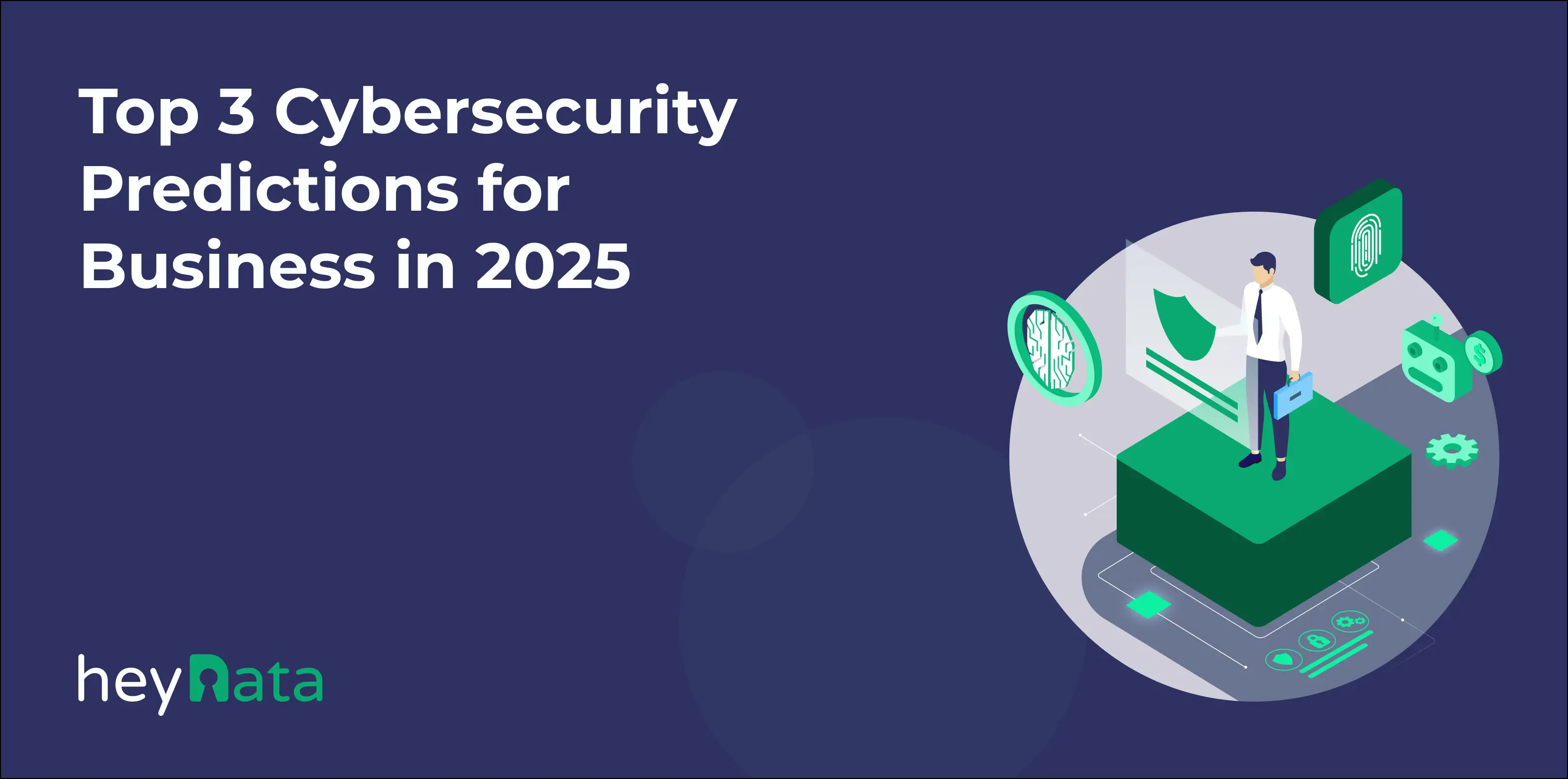Improve your cyber resilience to handle security breaches.
Improve your cyber resilience to handle security breaches.
Blog Article
Top Cybersecurity Forecasts for 2024: Stay Ahead of Emerging Dangers
As we approach 2024, the cybersecurity landscape is positioned for substantial improvement, driven by arising threats that organizations must not only prepare for but likewise purposefully address. With regulative changes on the perspective and a critical emphasis on cybersecurity training, it is imperative for organizations to reassess their techniques to stay resilient.
Rise of AI-Driven Attacks
As organizations increasingly take on synthetic knowledge technologies, the capacity for AI-driven strikes is becoming a vital problem in cybersecurity. Cybercriminals are leveraging AI to improve the sophistication and efficacy of their attacks, producing a landscape where typical security measures may falter. These attacks can manipulate device knowing algorithms to identify susceptabilities in systems and networks, leading to more targeted and damaging violations.
AI can automate the reconnaissance phase of an assault, making it possible for opponents to collect huge quantities of data quickly (cyber resilience). This capacity not only shortens the time called for to release an assault but also enhances its precision, making it harder for protectors to expect and alleviate hazards. In addition, AI can be made use of to develop convincing phishing plans, produce deepfake content, or adjust data, better making complex the cybersecurity landscape
Organizations must focus on the integration of AI-driven cybersecurity services to counter these arising risks. By using advanced risk discovery systems, organizations can boost their ability to determine and reduce the effects of AI-generated attacks in genuine time. Continuous investment in training and recognition programs is likewise essential, as it outfits workers to identify and reply to possible AI-driven dangers effectively.
Enhanced Ransomware Sophistication
The rise of AI-driven attacks is not the only fad reshaping the cybersecurity landscape; ransomware assaults have also evolved, ending up being significantly advanced and targeted. As cybercriminals fine-tune their approaches, companies deal with enhanced threats that call for flexible techniques to mitigate potential damages.
Modern ransomware hazards currently leverage advanced methods, such as double extortion, where assailants not only encrypt data but also threaten to leak sensitive information if their needs are not fulfilled. This adds an additional layer of pressure on victims, usually engaging them to pay ransom money to secure their online reputations and client depend on.
Moreover, making use of automated tools and equipment knowing algorithms by criminals has streamlined the assault procedure, allowing them to recognize vulnerabilities more successfully and tailor their techniques against details targets. Such advancements have actually led to a disconcerting surge of strikes on vital framework, healthcare systems, and supply chains, highlighting the requirement for robust cybersecurity frameworks that prioritize real-time threat detection and action.
To counter these developing risks, organizations need to purchase comprehensive training, progressed safety and security technologies, and event feedback prepares that incorporate lessons picked up from past ransomware occurrences, guaranteeing they continue to be one action ahead of progressively intricate attacks.
Growth of IoT Susceptabilities
With the rapid growth of the Net of Points (IoT), vulnerabilities connected with these interconnected devices have actually become a vital concern for organizations and individuals alike. The proliferation of wise gadgets, from home devices to commercial sensors, has actually created an extensive assault surface area for cybercriminals. Several IoT devices are deployed with minimal security procedures, typically making use of default passwords or obsolete firmware, making them susceptible to exploitation.
As gadgets come to be interconnected, the potential for large-scale attacks increases. For example, compromised IoT tools can act as entry points for attackers to penetrate even more safe networks or launch Distributed Rejection of Solution (DDoS) strikes. cyber resilience. The lack of standardization in IoT security gauges more aggravates these susceptabilities, as varying producers execute differing degrees of protection
Additionally, the enhancing refinement of malware targeting IoT tools presents significant risks. Threat stars are consistently creating new approaches to exploit these weaknesses, resulting in potential data violations and unapproved access to sensitive details. As we move into 2024, companies have to focus on IoT safety and security, executing durable steps to Visit Your URL guard their networks and reduce the Get the facts threats connected with this rapidly expanding landscape.
Governing Modifications Affecting Security

In 2024, we anticipate to see much more strict compliance needs for companies, specifically those that make or release IoT devices. The introduction of regulations such as the European Union's Cyber Resilience Act and updates to existing structures like the NIST Cybersecurity Framework will stress protection by layout. Organizations will be mandated to execute robust safety and security steps from the initial phases of item advancement, making sure a positive position against potential susceptabilities.
Moreover, governing bodies are likely to enforce substantial fines for non-compliance, compelling businesses to focus on cybersecurity investments. This shift will not just improve the total safety stance of companies however will certainly likewise foster a culture of accountability in shielding individual information. As policies tighten up, the onus will increasingly drop on companies to show conformity and protect versus the ever-evolving risks in the electronic landscape.
Emphasis on Cybersecurity Training
Organizations' dedication to cybersecurity training is becoming significantly vital as threats progress and strike vectors increase. With cybercriminals continuously developing sophisticated strategies, it is critical for employees in any way levels to comprehend the threats and recognize their role in mitigating them. Comprehensive training programs gear up staff with the knowledge and abilities needed to recognize potential risks, such as phishing assaults, social design strategies, and malware.
In addition, a society of cybersecurity recognition fosters alertness among employees, decreasing the probability click here for more info of human mistake, which continues to be a substantial vulnerability in lots of companies. Consistently updated training modules that reflect the current risks will certainly ensure that staff remain informed and qualified of responding efficiently.


In 2024, organizations will likely prioritize ongoing education and simulation exercises, enabling staff members to exercise their reaction to real-world circumstances. Partnership with cybersecurity professionals for tailored training remedies may likewise come to be extra widespread. Inevitably, purchasing staff member training not only strengthens an organization's protection stance yet also grows an aggressive approach to cybersecurity, enhancing the notion that safety is a common responsibility across the enterprise.
Conclusion
To conclude, the cybersecurity landscape in 2024 will certainly be formed by the increase of AI-driven attacks, increasingly innovative ransomware tactics, and the expansion of susceptabilities related to IoT gadgets. Regulatory adjustments will certainly require enhanced conformity steps, highlighting the relevance of incorporating protection deliberately. A solid focus on extensive cybersecurity training will be vital in cultivating a business culture durable to emerging hazards. Positive adjustment to these trends will be vital for reliable defense approaches.
Report this page